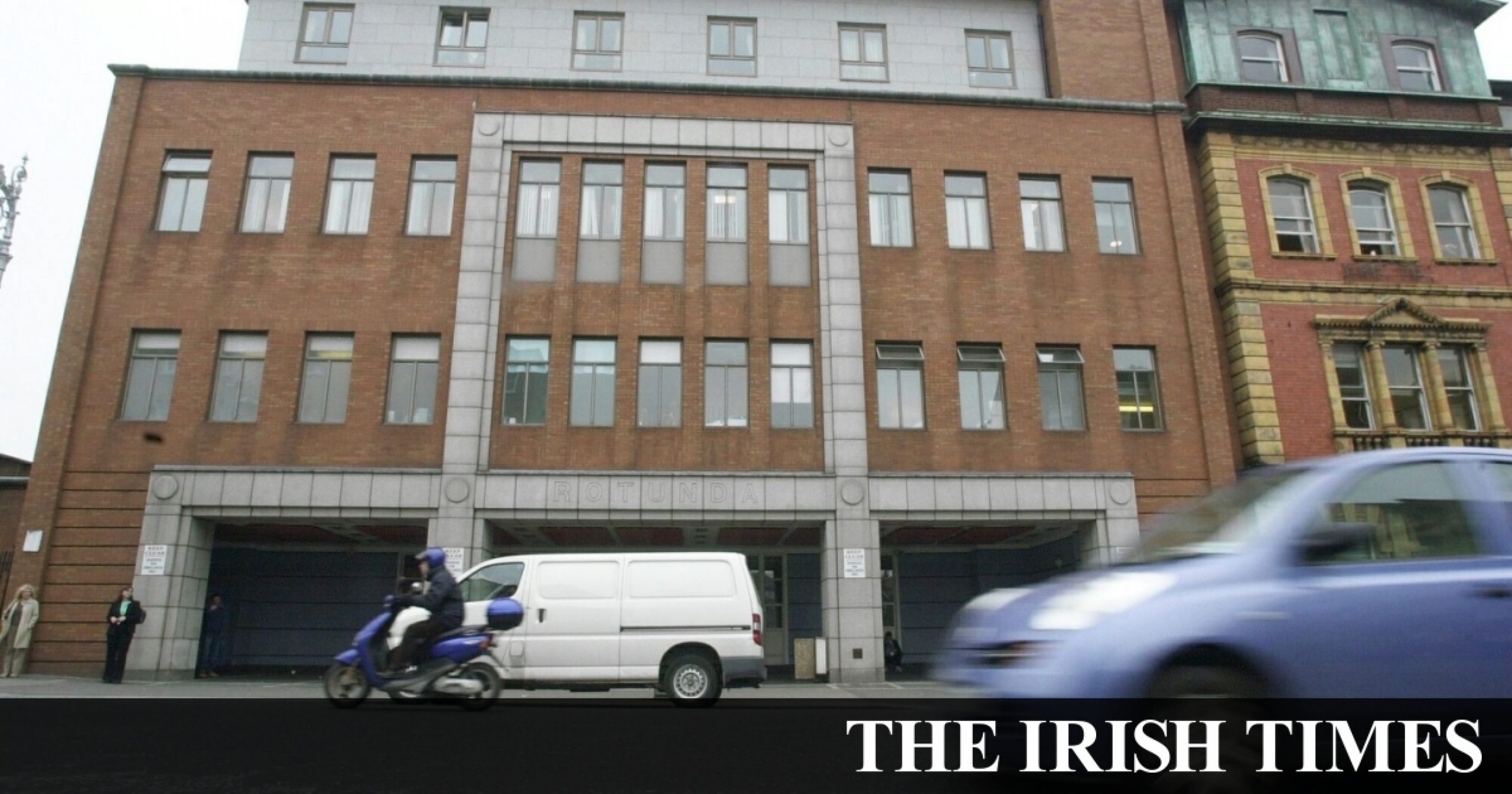Multiple assailants involved in 9% of sex assault cases treated last year
Your Web Browser may be out of date. If you are using Internet Explorer 9, 10 or 11 our Audio player will not work properly.
For a better experience use Google Chrome, Firefox or Microsoft Edge.
Almost one in 10 sexual assault cases treated by the country’s network of sexual assault treatment units (SATUs) last year involved multiple assailants.
The annual report on the service shows 9 per cent of the 734 sexual assaults treated by SATUs in 2020 were committed by multiple assailants.
A quarter of sex assault complainants were children aged 18 and under, while six were over the age of 70 years.
The majority of those who attended the service (at 92 per cent) were female.
The report shows the percentage of minors using SATU services increased from 19 per cent to 25 per cent of overall service users in 2020.
The mean age of those attending the units was 27 and the largest age cohort was accounted for by those aged between 18 and 25, some 236 cases.
The units are based in Galway, Cork, Mullingar, Waterford, Letterkenny and at Dublin’s Rotunda Hospital.
The report records how during the two strictest lockdown periods of the pandemic from March 27th to May 18th and from October 21st to November 30th SATU attendances fell by 32 per cent and 49 per cent respectively.
Pandemic
Dr Maeve Eogan, National clinical lead with SATU, commented in the report that “unfortunately, even during a global pandemic, sexual crime continued to occur”.
She said: “This is particularly significant when considering that existing rape myths perpetuate the idea that sexual violence is often the result of socialising in pub and club settings and excessive use of alcohol or drugs.
“Despite nationwide closures of these locations, there was a continued need to see and care for people in SATUs following rape and sexual assault, effectively debunking these myths.”
The report states that during the pandemic from March to December 2020, incidents were more likely to take place in a victim’s or assailant’s home, at 48 per cent as opposed to 42 per cent in 2019.
There was also an increased use of restraints by assailants during an assault, at 33 per cent as opposed to 27 per cent in 2019 or threats at 22 per cent compared with 18 per cent the previous year.
On the assailants’ relationship to the victim, the report records that 20 per cent were strangers while 15 per cent were a friend, 22 per cent were an acquaintance of less than 24 hours, 14 per cent were an intimate or ex-intimate partner, while 22 per cent were family members.
On the issue of alcohol and drug use, 285 or 39 per cent of sex assault victims had consumed more than six standard drinks, with 153 or 21 per cent consuming less than six standard drinks in the 24 hours prior to the incident.
The study of service users found that 254 or 35 per cent had consumed no alcohol in the prior 24 hour period.
The report found that 125 or 17 per cent were concerned that drugs including alcohol had been used to facilitate sexual assault.

